In a dramatic political plot twist that feels like it came straight from a political thriller, Mark Carney has officially secured a full term as Canada’s Prime Minister, taking the reins of a Liberal Party that was, not long ago, trailing badly in the polls. Just months earlier, it seemed like Pierre Poilievre and his Conservative Party had this election in the bag.
But oh, how the tables have turned.
From Underdog to Undeniable Victory
Back in January, things were looking grim for the Liberals. Former Prime Minister Justin Trudeau had just stepped down after years of fatigue and criticism, and pollsters were painting a bleak picture: a 20-point lead for the Conservatives, and a weary Liberal base unsure of its direction.
Enter Mark Carney, the former Bank of Canada and Bank of England governor—an economist, not a career politician. Some called him the “accidental prime minister.” But Carney had other plans. His anti-Trump rhetoric, calm demeanor, and sharp economic insights started turning heads. Slowly, but surely, he changed the narrative.
Trump’s Interference: A Blessing in Disguise?
Here’s where it gets interesting.
As Canadians prepared to vote, U.S. President Donald Trump made one of his now infamous social media moves. He posted (rather bizarrely) that he should be considered “on the ballot” in Canada and claimed that Canada should become the “51st U.S. state.”
Say what now?
That post didn’t just confuse people — it enraged them. And for Mark Carney, it was political gold.
Canadians, across party lines, didn’t appreciate the interference. Suddenly, patriotism surged. People weren’t just voting for a candidate—they were voting to protect Canada’s identity, and Mark Carney embodied that resistance.
Results Night: The Liberal Bounce Back
By Monday night, the race had turned red. CTV News and CBC projected the Liberal Party of Canada was set to win 155 of the 343 seats—just short of the 172 needed for a majority. But that was still enough to form a minority government, putting Carney officially at the helm.
The Conservatives secured 149 seats, while Yves-François Blanchet’s Bloc Québécois took 26, and Jagmeet Singh’s NDP claimed 11. The results show a fragmented but energized political landscape.
Canada’s Future in Carney’s Hands
What does this all mean moving forward?
For starters, Carney now has a chance to prove that policy-minded leadership can work in real-time politics. He’s never held elected office before stepping in for Trudeau—yet now, he’s got the weight of a G7 nation’s expectations on his shoulders.
He’s promised to tackle:
-
Renegotiation of U.S. trade deals
-
Economic recovery and inflation
-
Social programs expansion
-
Climate initiatives
Carney says he’s ready. And Canadians are watching.
Election Drama: From Campaigns to Crisis
Let’s not forget that this election unfolded under tense conditions. Just days before voters hit the polls, a violent attack at a Vancouver street fair shook the nation and led to a pause in campaigning. Emotions were running high, and leaders were forced to speak not only as politicians, but as citizens.
It added another layer of emotion to a race already supercharged by foreign interference and economic worry.
Numbers Behind the Vote
-
Eligible voters: 29 million
-
Total Canadian population: 41 million
-
Advance ballots cast: 7.3 million (a record!)
-
Parliamentary seats: 343
-
Majority needed: 172
-
Liberals won: 155
-
Conservatives won: 149
Canada may be a peaceful country, but make no mistake — when it comes to voting, Canadians take their democracy very seriously.
Pierre Poilievre Pushes Back Against Trump
Despite losing, Pierre Poilievre showed some rare fire on election day. He took to X (formerly Twitter) to tell Donald Trump to back off:
“President Trump, stay out of our election. Canada will always be proud, sovereign and independent and we will NEVER be the 51st state.”
It was a clear move to distance himself from Trump’s growing unpopularity in Canada. But by then, Mark Carney had already won over hearts—and ballots.
What Role Did Social Media Play?
It’s impossible to ignore the impact social media had on this election. Trump’s posts, Carney’s calm rebuttals, and Poilievre’s last-minute firestorm all played out in real-time, shaping the public’s perception in seconds.
And for once, it felt like reason and unity won out over chaos and provocation.
Why Canadians Chose Mark Carney
Let’s break it down.
-
Experience in economics: As former head of two central banks, Carney knows money. In an age of inflation and recession fears, that counts.
-
Anti-Trump stance: Canadians want a PM who stands up to the U.S. when needed. Carney wasn’t afraid to do that.
-
A fresh face: After years of Trudeau, voters were ready for change—but not radical change.
-
National unity message: Carney didn’t just talk policies; he talked identity. And that hit home.
Final Takeaway: The People Spoke — And Loudly
Canada just proved something powerful: that reasoned leadership, patriotism, and a strong stance against foreign interference can still win elections. Mark Carney may have started as a backup plan for the Liberals, but he’s now the face of a new chapter in Canadian politics.
This wasn’t just a win. It was a statement.
Conclusion
So here we are: Mark Carney, a former economist with zero political campaign experience, is now tasked with leading one of the world’s largest democracies. Against all odds, he’s flipped the narrative, rallied a nation, and silenced skeptics.
If anything, this election showed us that politics isn’t just about polls and soundbites—it’s about moments. And Carney seized his.
Let’s see if he can deliver.










